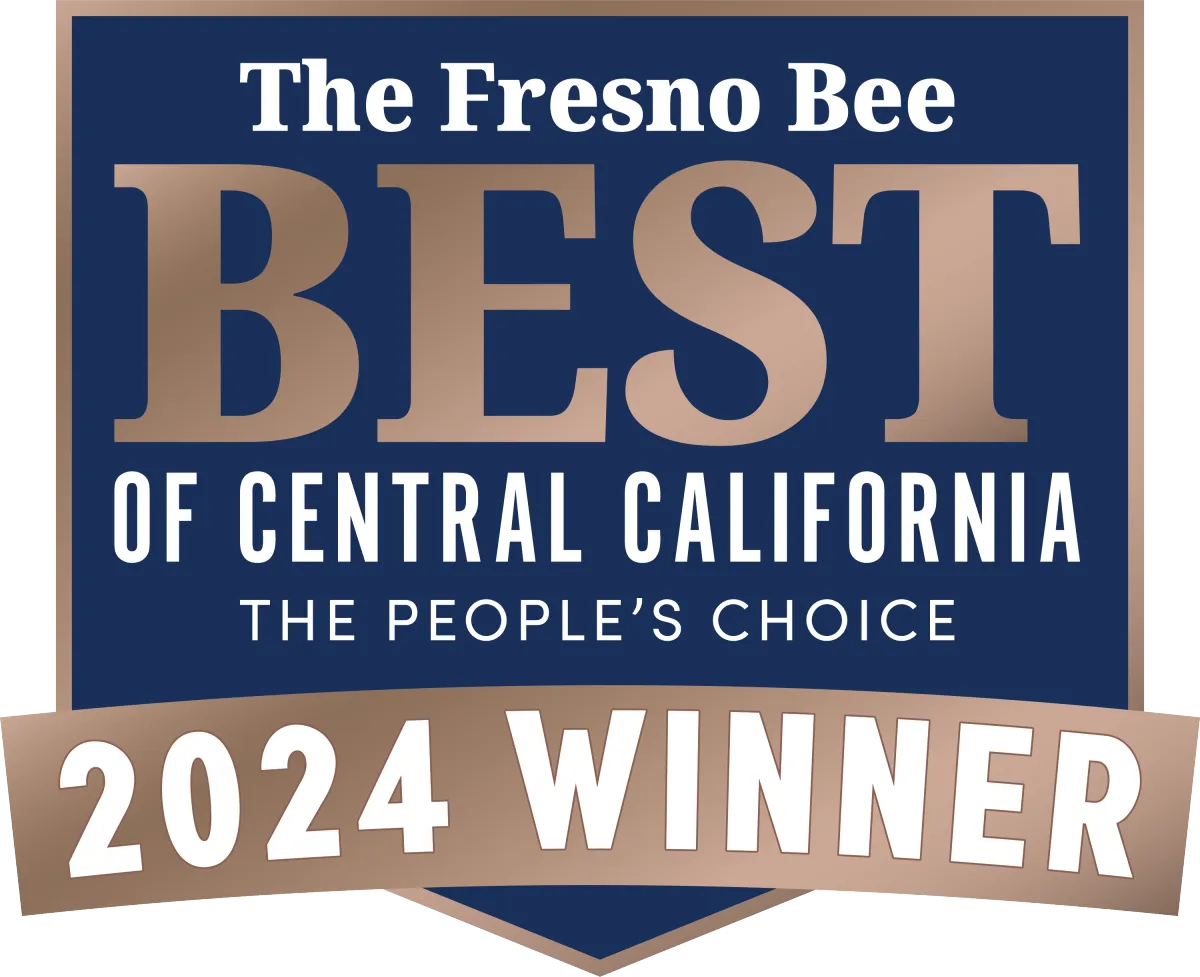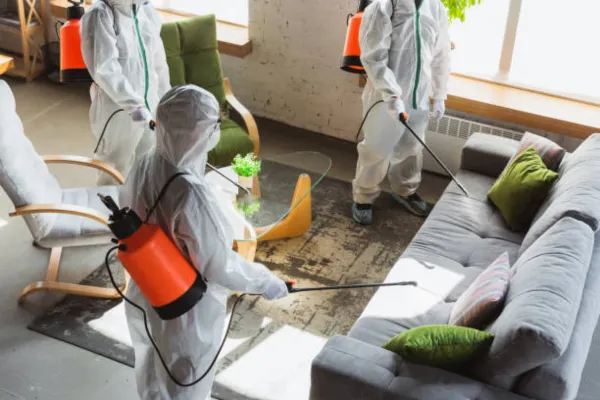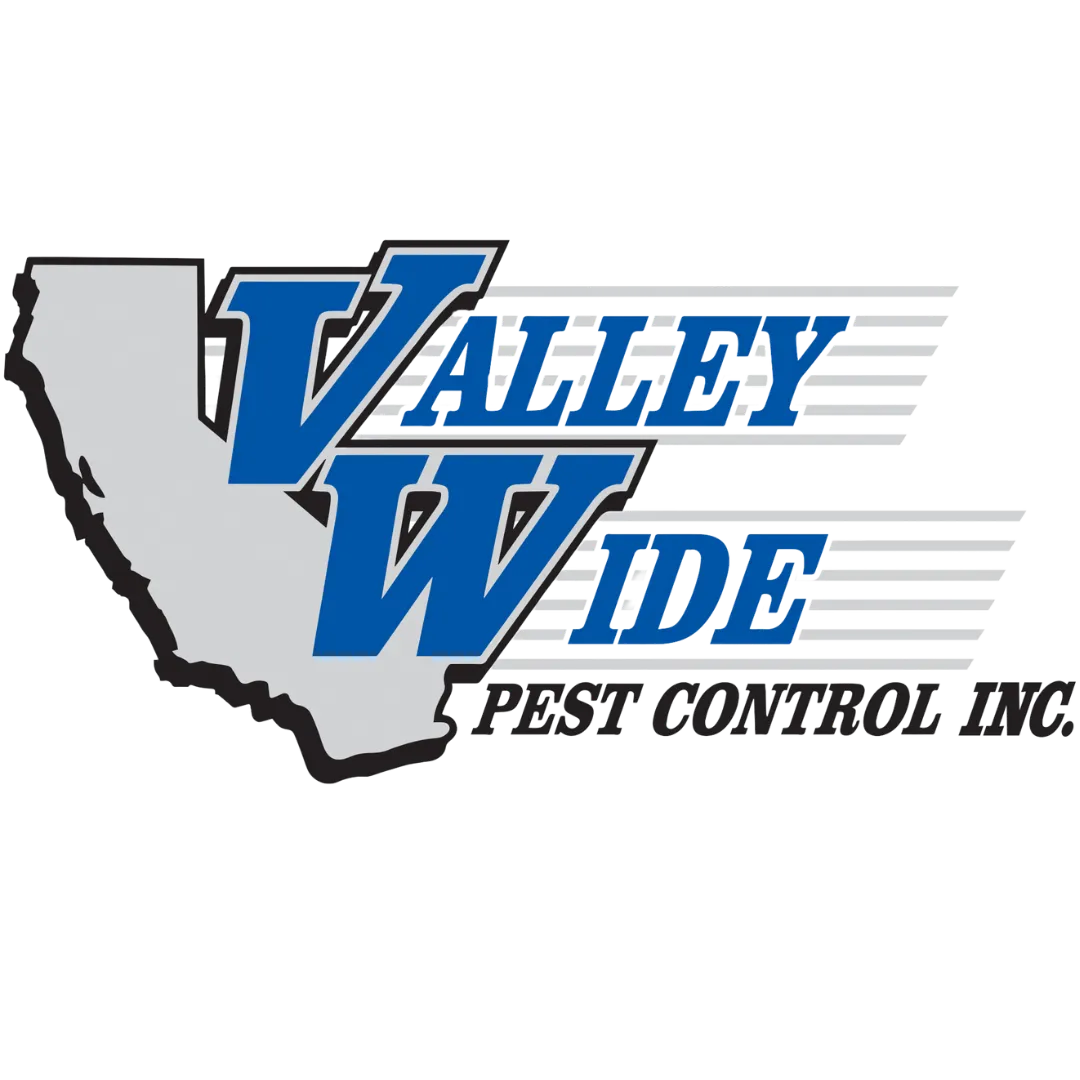
BLOGS
BLOG

Embracing Integrated Pest Management: Effective and Environmentally Friendly Solution
Hey there, homeowners! Today, we're diving into the world of pest management and exploring a revolutionary approach that's changing the game—Integrated Pest Management (IPM). Say goodbye to harmful chemicals and hello to a more sustainable, eco-friendly way of dealing with pests. Join me as we uncover the ins and outs of IPM and discover how it can revolutionize the way you tackle pest problems in your home.
What is Integrated Pest Management?
Let's start with the basics. Integrated Pest Management, or IPM for short, is a holistic approach to pest control that focuses on prevention, monitoring, and control techniques to minimize the use of chemical pesticides. Instead of relying solely on toxic chemicals to eradicate pests, IPM combines multiple strategies, such as biological control, habitat modification, and cultural practices, to create a balanced and sustainable ecosystem that discourages pest infestations.
The Four Principles of IPM
At the core of IPM are four key principles that guide its implementation:
Prevention
The best way to deal with pests is to prevent them from infesting your home. This involves identifying and eliminating potential entry points, removing sources of food and water, and implementing good sanitation practices to make your home less attractive to pests.
Monitoring
Regular monitoring is essential for detecting pest problems early on and assessing the effectiveness of control measures. By keeping tabs on pest populations and their behavior, homeowners can identify emerging issues and take action before they spiral out of control.
Identification
Proper identification of pests is crucial for developing targeted control strategies. By knowing what pests you're dealing with and understanding their behavior and life cycle, you can choose the most effective and environmentally friendly methods for managing them.
Control
When pest populations exceed acceptable levels despite preventive measures, control tactics may be necessary. However, instead of reaching for the nearest can of pesticide, IPM emphasizes the use of least-toxic methods, such as biological controls, traps, and habitat modification, to minimize harm to non-target organisms and the environment.
The Benefits of IPM
So, why should you embrace IPM? Well, for starters, it's more effective than traditional pest control methods. By targeting pests at multiple stages of their life cycle and addressing underlying causes of infestations, IPM can provide long-lasting results and prevent future problems from arising.
Reduced Health Risks: Protecting Your Family
One of the most significant advantages of IPM is its focus on minimizing health risks for you and your family. Traditional pest control methods often rely heavily on chemical pesticides, which can pose health hazards to humans and pets. Exposure to these toxic substances can lead to respiratory problems, skin irritation, and other adverse health effects, especially for children and individuals with underlying health conditions. By using less-toxic control methods and reducing reliance on chemical pesticides, IPM helps protect your family from unnecessary exposure to harmful substances and promotes a safer, healthier living environment.
Preservation of Beneficial Insects: Maintaining Ecological Balance
Besides targeting pests, chemical pesticides can also harm beneficial insects, such as bees, butterflies, and natural predators of pests. This disruption of the natural ecosystem can have far-reaching consequences, including declines in pollinator populations, disruptions to food webs, and increased susceptibility to pest outbreaks. By minimizing the use of chemical pesticides and implementing targeted control measures, IPM helps preserve beneficial insects and maintain ecological balance in your yard and garden. This not only protects biodiversity but also promotes a more resilient and sustainable environment for future generations to enjoy.
Cost-Effectiveness: Saving You Money in the Long Run
While it's true that IPM may require more upfront investment in terms of time and resources compared to traditional pest control methods, it can actually save you money in the long run. By preventing pest infestations before they occur and reducing the need for costly chemical treatments, IPM helps minimize the risk of property damage and the associated repair costs. By promoting a healthier, more resilient ecosystem, IPM can lead to long-term savings on landscaping and maintenance expenses. Plus, by reducing reliance on chemical pesticides, IPM can help lower healthcare costs associated with pesticide-related illnesses and injuries, further contributing to your overall savings.
Community Benefits: Promoting Sustainable Practices
By embracing IPM principles and practices, homeowners can play a role in promoting sustainable pest management practices within their communities. By setting an example of environmentally friendly pest control, you can inspire your neighbors to follow suit and create a ripple effect of positive change. IPM can help mitigate the environmental impacts of pest control on a larger scale by reducing pesticide use and promoting biodiversity, benefiting not just your home but also the broader community and ecosystem.
IPM in Action: How It Works
Let's take a closer look at how IPM works in practice. Imagine you're dealing with a pesky ant infestation in your kitchen. Instead of reaching for the bug spray, you decide to take an IPM approach. First, you identify potential entry points, such as cracks in the walls or gaps around windows and doors, and seal them to prevent ants from getting inside. Next, you remove sources of food and water by keeping counters clean, storing food in airtight containers, and fixing any plumbing leaks. Then, you set out ant baits and traps to reduce the ant population without resorting to chemical pesticides. Finally, you monitor the situation closely, making adjustments to your control tactics as needed to keep the ants at bay.
Implementing IPM in Your Home
Ready to give IPM a try? Here are some tips for implementing this eco-friendly approach in your own home:
Start by identifying common pests in your area and learning about their habits and life cycles.
Take steps to prevent pest infestations by sealing entry points, eliminating food and water sources, and maintaining good sanitation practices.
Monitor pest populations regularly using traps, baits, and visual inspections to catch problems early on.
Choose control tactics based on the specific pest you're dealing with and prioritize least-toxic methods.
Keep records of your pest control efforts, including what methods you've used and their effectiveness, to guide future decision-making.
The Role of Professionals in IPM
While DIY pest control can be effective for minor infestations, severe or persistent pest problems may require the expertise of a professional pest control company. Look for pest management professionals who are trained in IPM techniques and prioritize environmentally friendly solutions. They can assess your home for pest vulnerabilities, develop a customized IPM plan tailored to your needs, and provide ongoing monitoring and support to keep pests in check.
Conclusion
Integrated Pest Management offers a smarter, more sustainable approach to pest control that's effective, environmentally friendly, and better for your home and family. By embracing IPM principles and practices, homeowners can tackle pest problems head-on while minimizing their impact on the environment. So, why wait? Make the switch to IPM today and start enjoying a pest-free home tomorrow!
© 2024 Valley Wide Pest Control. All rights reserved.

